Infrastructure: Beyond Roads
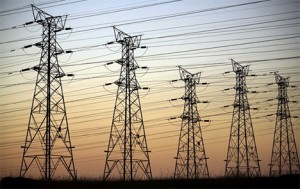 Alex Tabarrok argues that the calls to build our way out of the economic crisis by massive investment in roads and bridges is misguided.
Alex Tabarrok argues that the calls to build our way out of the economic crisis by massive investment in roads and bridges is misguided.
Even more valuable than transportation infrastructure would be greater investment in electricity infrastructure, a smart grid. Consider that in 2003 a massive, widespread, power outage threw 50 million people in the Northeastern states and Ontario, Canada out of power – disrupting lives and the economy. Why did this happen? Because of a failure to “trim trees” in Eastlake, Ohio – now that’s a dumb grid. And remember that only a few years earlier, the most innovative, high-tech industries in the world were shut down by blackouts caused by our primitive electricity grid. Overall, blackouts cost the U.S. on the order of $100 billion a year.
The smart gird is a not one idea but many technologies such as real-time pricing (smart meters), superconductive smart cable, and plug-n-play architecture that combine to produce a grid that is decentralized, self-healing, robust, and smart for both producers and consumers. Decentralized power, for example, makes it easier to isolate problems, “route” power to different areas, and maintain robustness in the face of falling trees and other problems. Plug and play architecture means that new technologies such as electric cars can be automatically used as both consumers and producers (via storage) of electricity, as needed, on the fly. Plug-n-play, the open-source of electricity infrastructure, will also open the field of electricity generation and storage to far greater innovation than is possible now.
While I question whether it makes sense to spend massive amounts of money averting infrequent, short-lived power outages, I agree that improving our power infrastructure makes sense. Even aside from high-tech, gee whiz things like Alex links above, simply burying our residential power cables — while a massive undertaking — would be quite beneficial. And, certainly, removing the barriers to electric cars and the like sounds like a worthwhile investment.
As one of Alex’ commentators notes, though, much of this “build our way out of it” idea is predicated on the false assumption that we’ve got a massive 1940’s style workforce sitting idle. In reality, the vast majority of the unemployed and underemployed are service economy and office workers. While paying them for a couple of years or so of construction work would help keep them afloat, it’s not exactly preparing them for a brighter future.

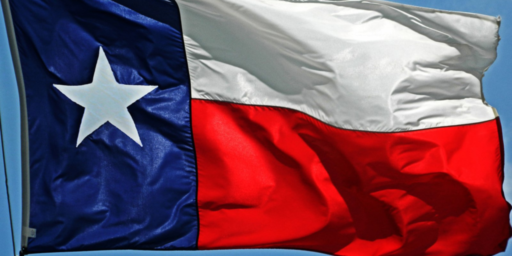
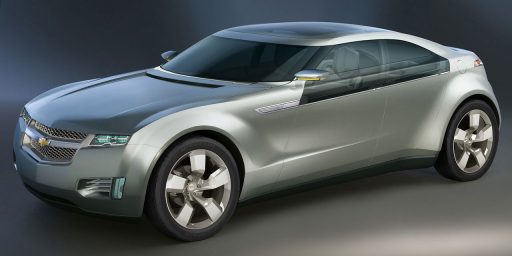
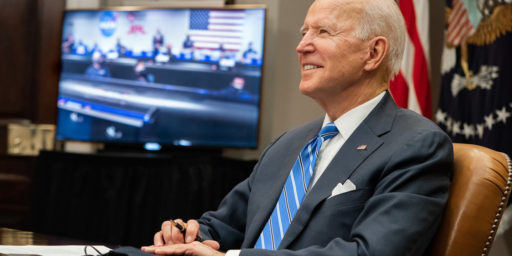
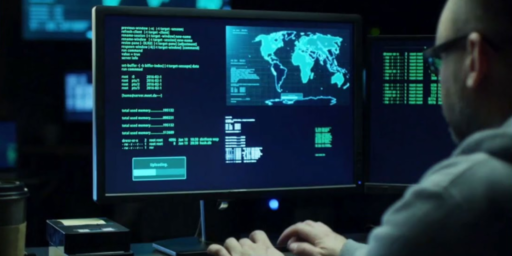
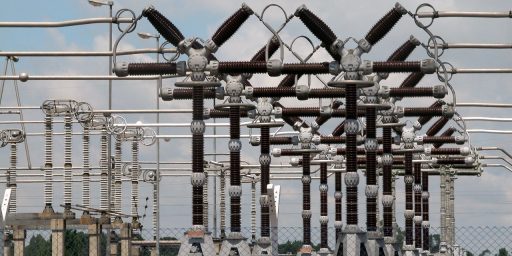
I’ve made the first argument, that the infrastructure we need to invest in is energy infrastructure, for years now. I’ve been making the second argument, that a public works program is unlikely to get us out of the doldrums, since the subject first came up.
We’ve turned a corner; we’re no longer a nation of farmers, day laborers, and factory workers. If the idea is that we should go back to being something other than a service-based economy, ask yourself this: what do you think the likelihood is of even 1% of the bankers who’ve lost their jobs in the last year becoming farmers, day laborers, or factory workers?
I love smart-grids. They have been big among tech-enviro folks for years. There are a lot of variations and demonstration projects out there.
One example should appeal to free market folks. What it did was vary the price of electricity during the day, even for home-owners. Then they put smarts in the appliances so they could poll the price. It allowed your clothes or dish washer to do a little bid-and-ask with the power company. You’d set an acceptable price, and the washer would start in the night when the price fell that low.
Fun … but maybe only for a techie. Maybe for the general audience you’d just need “run now” or “run cheaper” buttons.
Rather than build our way out of it we should say tax, borrow, and build our way out.
Tax cuts and investment tax credits would be a better way to go. Inefficient spending through government programs will net us little stimulus.
That was the theory 2000 -> 2008, Steve.
It did not produce a strong or sustainable recovery. We had a weak recovery, without strong jobs growth, and declining middle class income.
Punctuating that we had Greenspan’s low rates stimulating asset bubbles.
It doesn’t seem a strong case to just say “so, let’s try the same thing again!”
(Proponents of spending stimulus have a mix of good and bad ideas, some already tested more than others, but at least they don’t have recent and outright failures counting against them.)
Lost in the infrastructure is the nation’s water infrastructure which warrants as much discussion as power and transportation, with nearly as much if not more need.
Whatever you think of the energy grid, the point of the whole exercise must be INVESTMENT, which means spending on something with the expectation of future returns. All the important roads in the USA are already built. New or wider roads cannot be expected to bring significant future returns in most cases (mostly because widening roads is proven to not increase their capacity.) Real return on investment will come from supplementing roads with rail in extremely congested routes, increasing the capacity of ports and transshipment facilities, etc.
Not as big as the 1940’s, but much bigger than you think. U-3, U-6 etc have been manipulated several times, by administrations from both parties, to make unemployment look lower than it really is. The real number of unemployed right now is more like 10-15%.
Nothing wrong with keeping them afloat. I know people from many industries–teaching, trucking, farming, chemistry–who were laid off and can’t find better than service industry jobs in this incredibly bad economy.
odo,
There were no investment tax credits 2000-2008. One could argue those tax cuts were effective in promoting business by creating a climate of tax stability. There are many of us out here putting off big investment decisions until we know what the future of tax policy will be. Uncertainty leads to a decline in spending and other economic ills.
I think the effect of the energy price spike is overlooked as a catalyst for the recent decline of economic activity. Even now those high prices are feared to return soon. Consumer confidence is damaged and spending suffers.
Moves to stabilize energy prices or moves toward energy security could help provide the stability we all seek. If e speak of upgrading our electrical grid (a privately owned system) then why not an upgrade of the liquid motor fuel system with refineries and pipelines?
I must respectfully disagree with Jeffrey Baker. Infrastructure improvements in rail and ports yields small benefits while enriching union workers and public entities like the port authorities. Rail is good for bulk commodities like coal and ores but I don’t think we are having a problem with those.
Well, I’m not talking about freight, I’m talking about passengers. Rail beats road by approximately a factor of 100 in passenger-miles per hour per lane/track. When you have a lot of traffic in or out of some area or between two points, it’s superior to build a rail line than to expand the road.
And, as I’ve been repeatedly informed, passengers are the highest value payload there is. Moving them into and out of commercial, social, and cultural centers is a major driver of our economy.
I would like to point out to people that odo’s “smart grid,” or perhaps better said, “variable priced and delivered energy based upon local demand” concept makes tremendous sense.
If you want to research “smrat meters” etc you might want to Google ‘Itron’ and go from there.
Well Steve, we have loads of tax credits. (There was even one for a Porsche SUV!) What kind of investment are you thinking of adding?